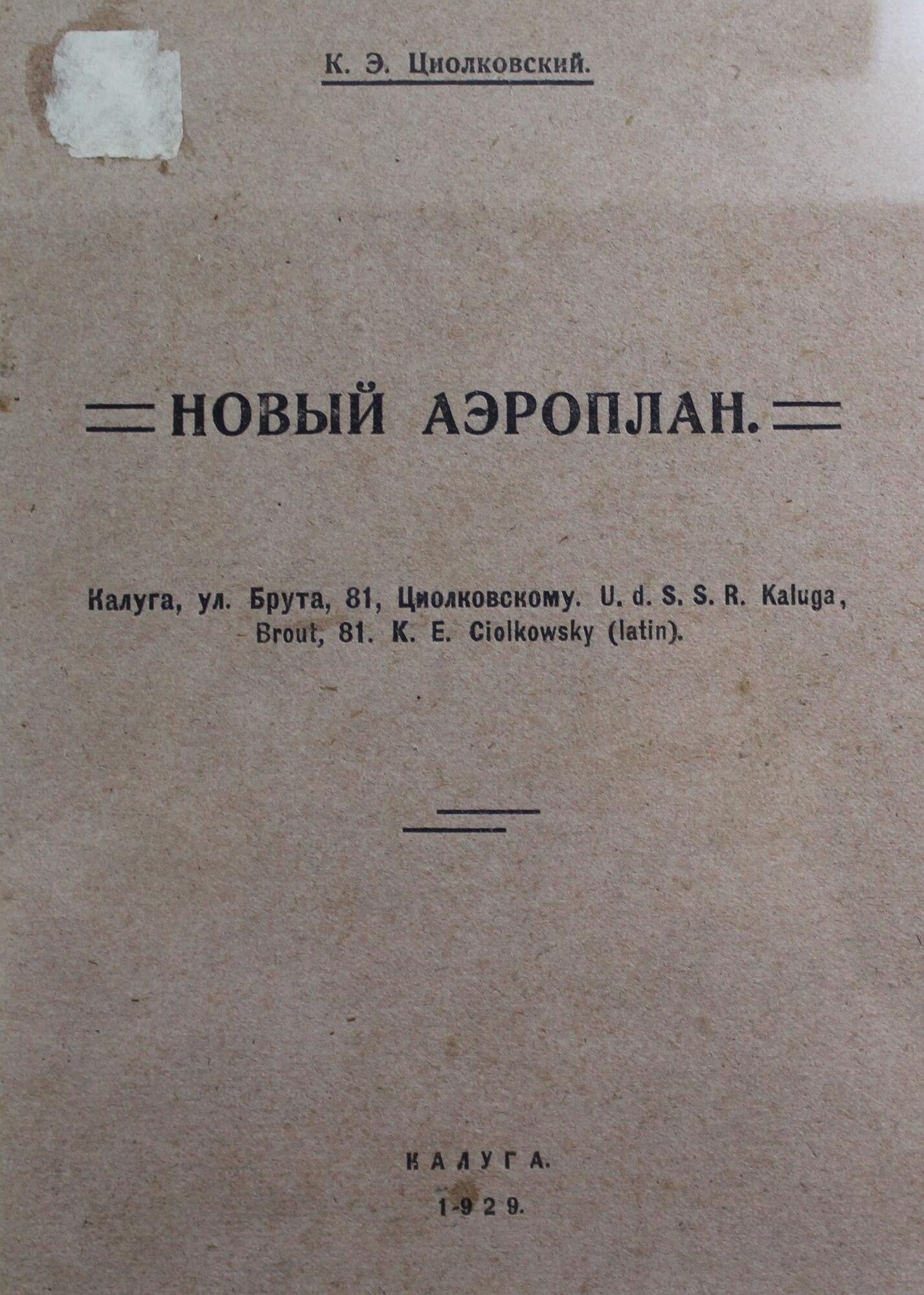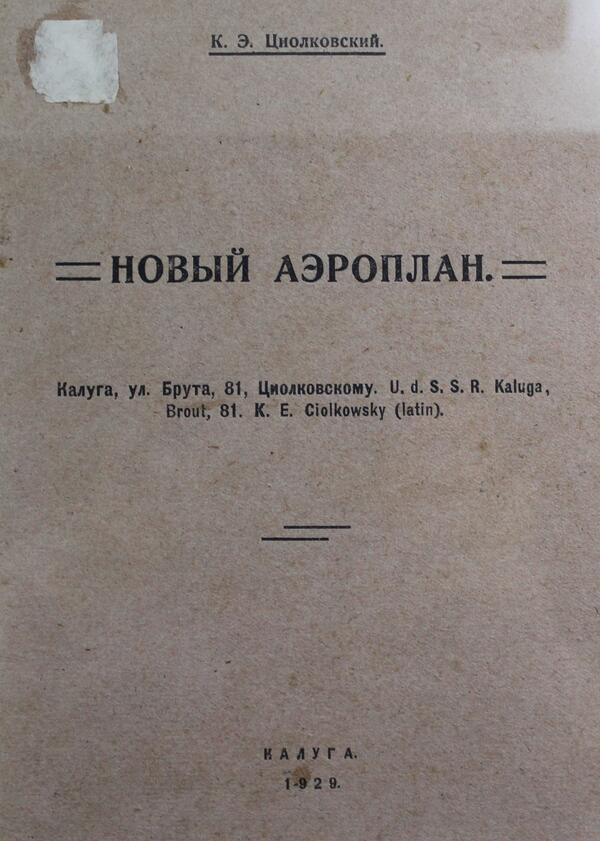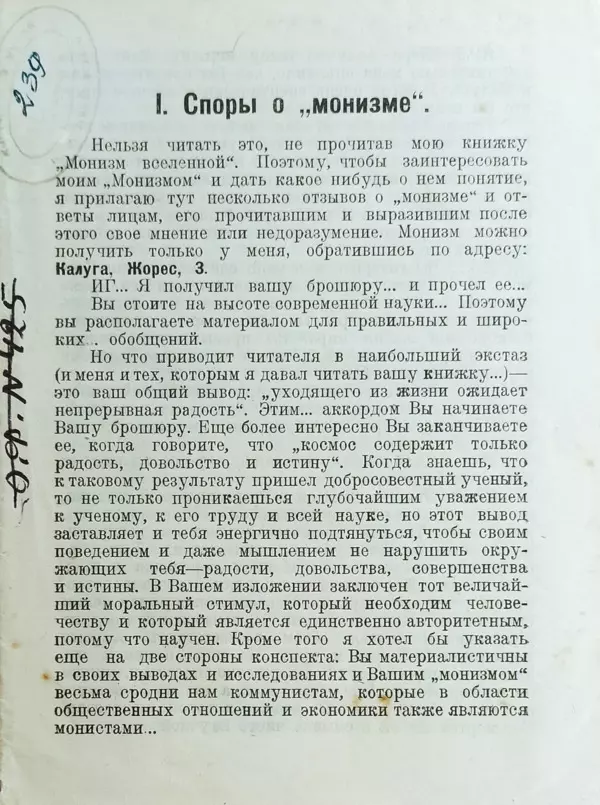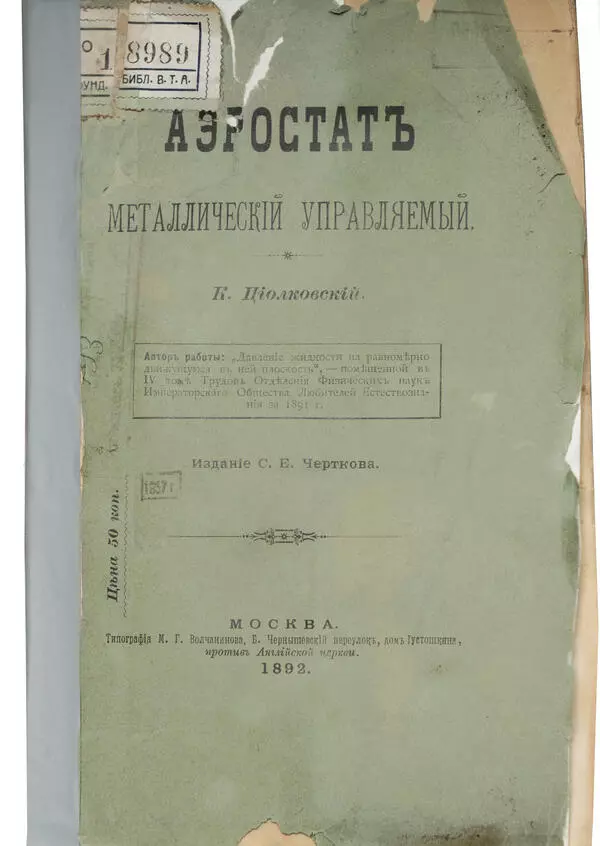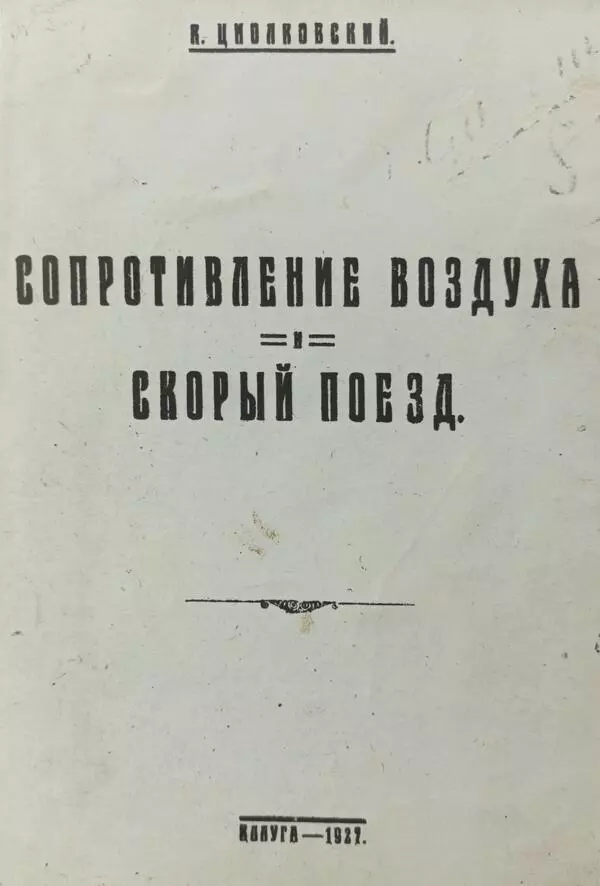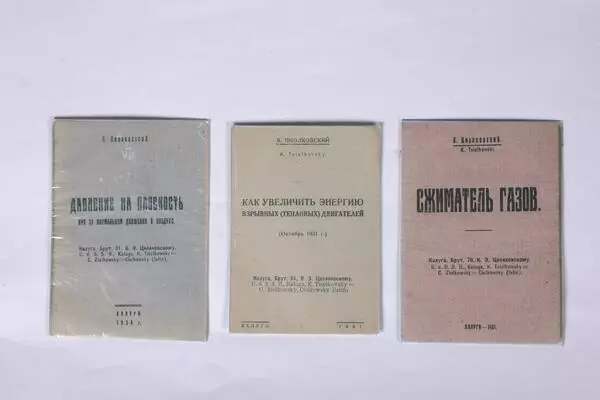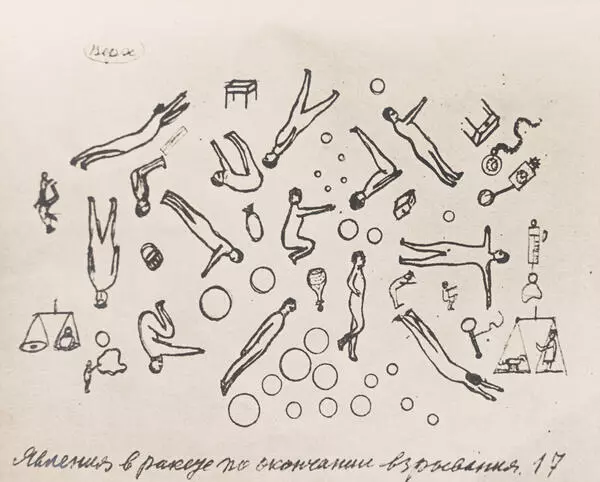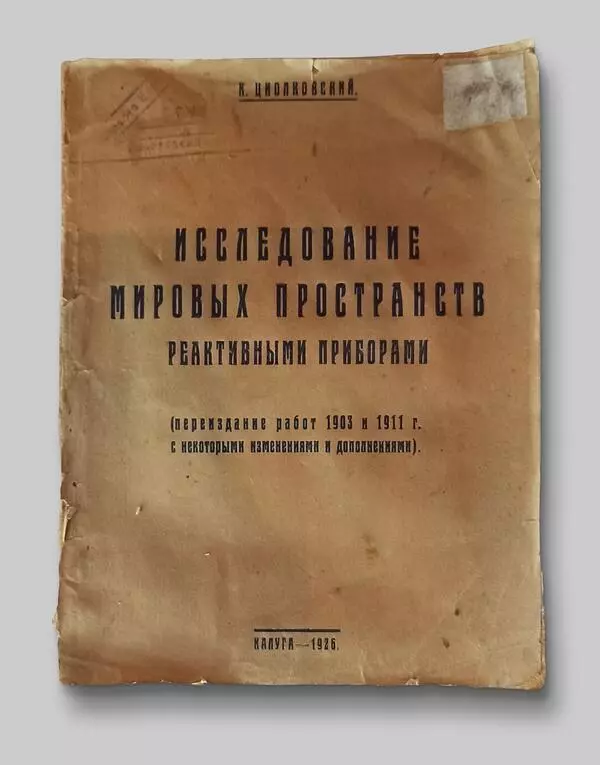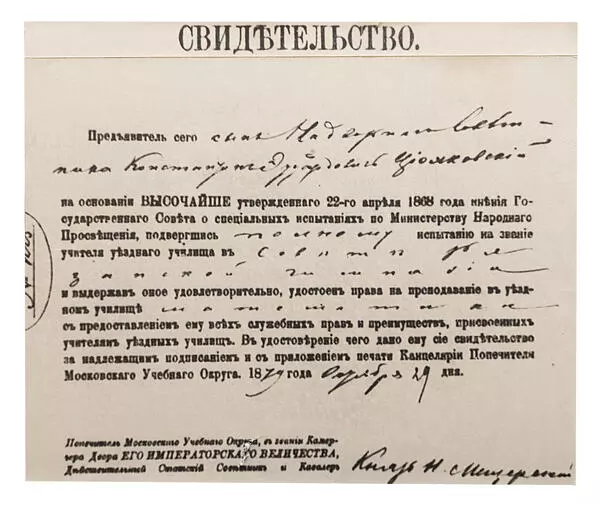Konstantin Tsiolkovsky first considered the application of the reactive principle of motion in aircraft construction in the 1920s. But the detailed development of this idea was postponed for several years, concentrating on the creation of an ‘aeroplane rocket’ with a liquid rocket engine.
However, while developing his ‘space rocket trains’, Tsiolkovsky realized that the realization of these projects would be possible only in the distant future. First, the structure itself consisting of ten ‘rocket cars’ was quite cumbersome. Second, colossal overpasses were necessary to accelerate ‘rocket trains’ to space speed. According to Tsiolkovsky’s calculations, they had to be as long as 300-1,000 kilometres and raised to an altitude of 6-8 kilometres above sea level.
At the time, this was not a feasible task. Therefore, Tsiolkovsky saw a more realistic way of developing space vehicles in creating a high-altitude aircraft that could become a transition to a “jet ship”.
In his paper “A new airplane” dated 1929, Tsiolkovsky proposed a number of ideas for strengthening the power of the aircraft piston engine. Considering the advantages of different engines for flying at different altitudes, including in an airless space, the scientist examined several types of aircraft.
For aircraft of the type “A”, flying at an altitude of 3-4 kilometers, he proposed a normal piston engine. He decided to equip Aircraft of types “D” and “E” intended for flying outside the atmosphere with a liquid rocket engine.
But Tsiolkovsky developed an improved propulsion installation for aircraft of types “B”and “C”, which had to conquer the upper atmosphere, “where the person already suffers from air dilution and where the speed of the aircraft can be much higher”. The scientist provided the propulsion system with “air pumps” in order to complement its thrust with the reaction force of the compressed air flow, which moves along the second contour. Tsiolkovsky also believed that it is possible to make such a propulsion installation even more powerful by the force of “gas reaction” - reaction of exhaust gases of the piston engine.
In 1894, several issues of the Moscow magazine “Science and Life” published Tsiolkovsky’s paper ‘An Airplane or a Birdlike (Aircraft) Flying Machine’. In this paper he detailed the idea of an airplane with a fixed cantilever wing, the design of which in the future became common in aircraft construction. Tsiolkovsky’s airplane was shaped like a frozen soaring bird. The screw propellers were located in the place of her head, the explosion engines were the muscles and the double wheel was the rudder.
Tsiolkovsky also described the automatic control system of the aeroplane - in fact, developed the autopilot based on the action of the gyroscope. It was not until many years after the scientist’s research that aircraft were supplied with such autopilots.
However, while developing his ‘space rocket trains’, Tsiolkovsky realized that the realization of these projects would be possible only in the distant future. First, the structure itself consisting of ten ‘rocket cars’ was quite cumbersome. Second, colossal overpasses were necessary to accelerate ‘rocket trains’ to space speed. According to Tsiolkovsky’s calculations, they had to be as long as 300-1,000 kilometres and raised to an altitude of 6-8 kilometres above sea level.
At the time, this was not a feasible task. Therefore, Tsiolkovsky saw a more realistic way of developing space vehicles in creating a high-altitude aircraft that could become a transition to a “jet ship”.
In his paper “A new airplane” dated 1929, Tsiolkovsky proposed a number of ideas for strengthening the power of the aircraft piston engine. Considering the advantages of different engines for flying at different altitudes, including in an airless space, the scientist examined several types of aircraft.
For aircraft of the type “A”, flying at an altitude of 3-4 kilometers, he proposed a normal piston engine. He decided to equip Aircraft of types “D” and “E” intended for flying outside the atmosphere with a liquid rocket engine.
But Tsiolkovsky developed an improved propulsion installation for aircraft of types “B”and “C”, which had to conquer the upper atmosphere, “where the person already suffers from air dilution and where the speed of the aircraft can be much higher”. The scientist provided the propulsion system with “air pumps” in order to complement its thrust with the reaction force of the compressed air flow, which moves along the second contour. Tsiolkovsky also believed that it is possible to make such a propulsion installation even more powerful by the force of “gas reaction” - reaction of exhaust gases of the piston engine.
In 1894, several issues of the Moscow magazine “Science and Life” published Tsiolkovsky’s paper ‘An Airplane or a Birdlike (Aircraft) Flying Machine’. In this paper he detailed the idea of an airplane with a fixed cantilever wing, the design of which in the future became common in aircraft construction. Tsiolkovsky’s airplane was shaped like a frozen soaring bird. The screw propellers were located in the place of her head, the explosion engines were the muscles and the double wheel was the rudder.
Tsiolkovsky also described the automatic control system of the aeroplane - in fact, developed the autopilot based on the action of the gyroscope. It was not until many years after the scientist’s research that aircraft were supplied with such autopilots.
